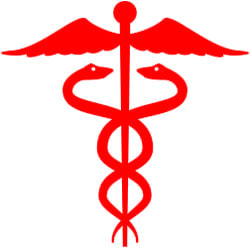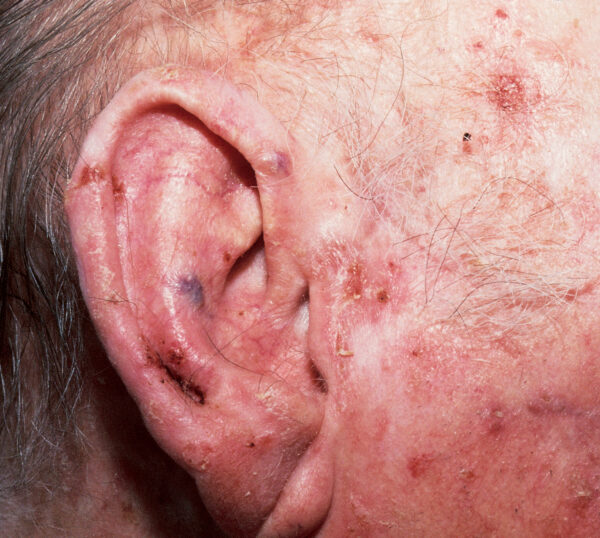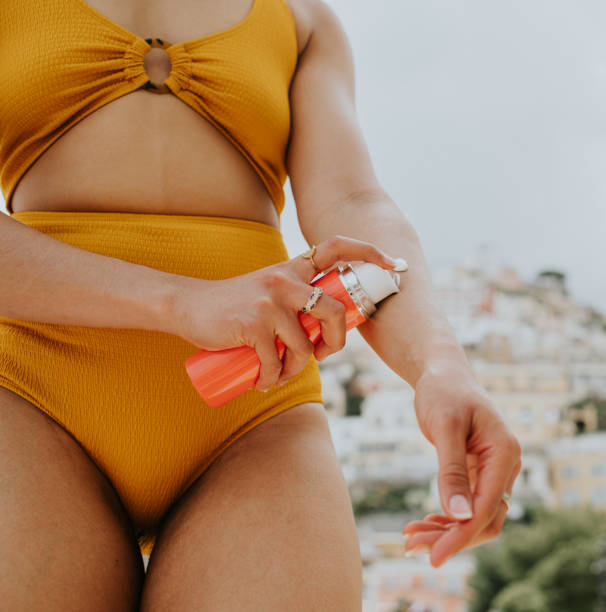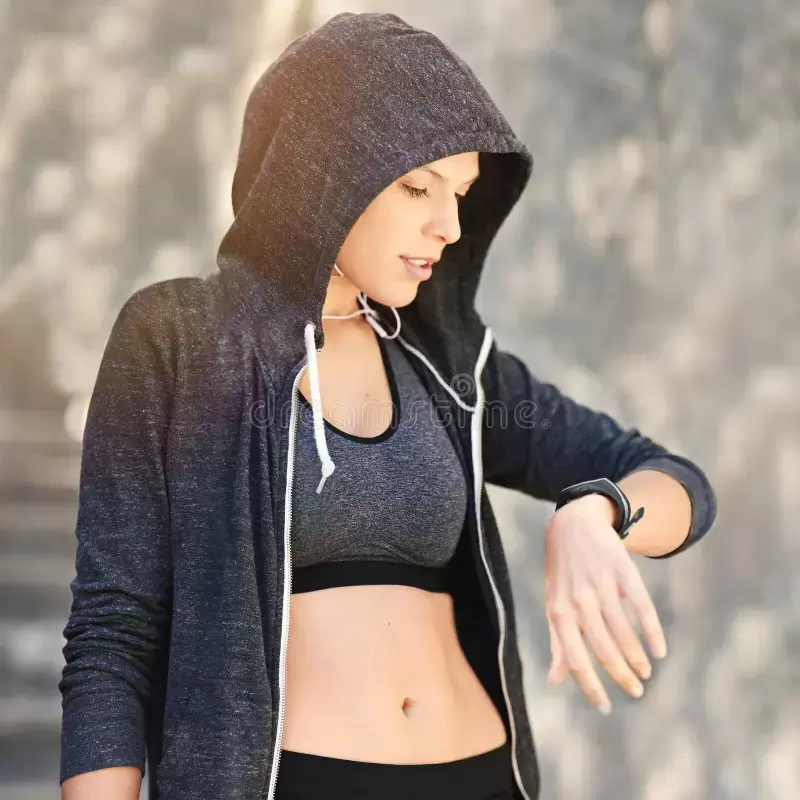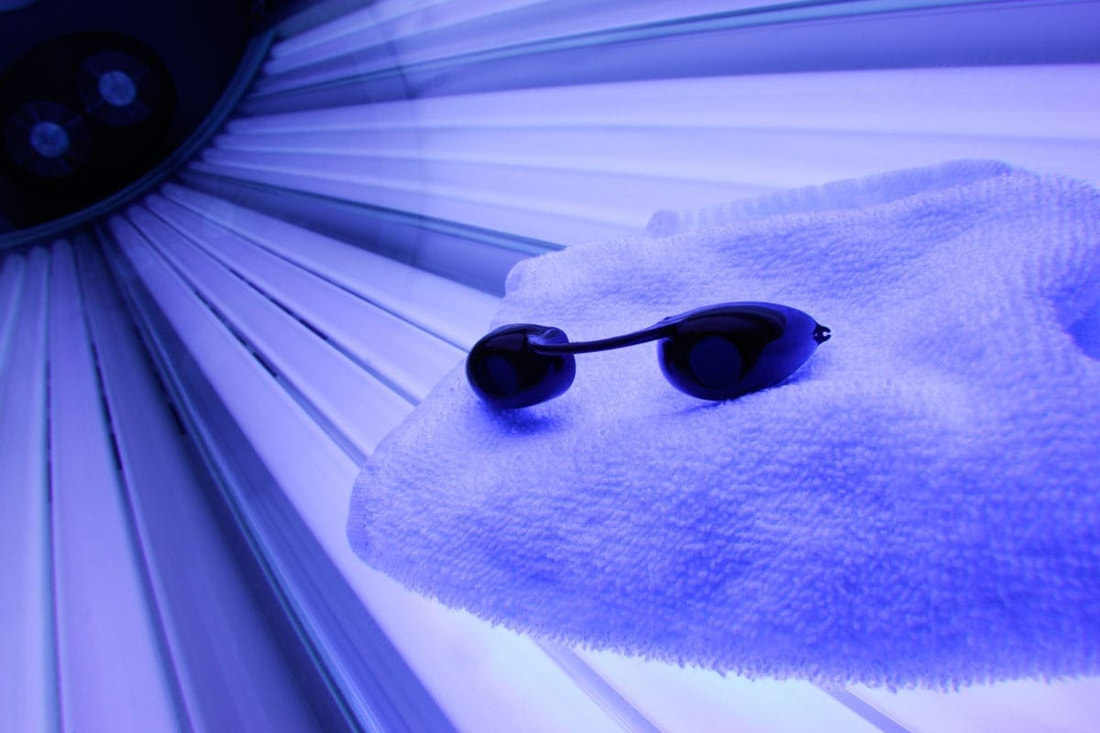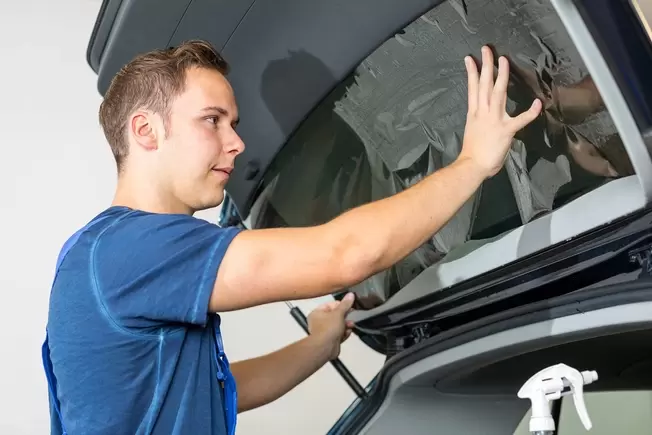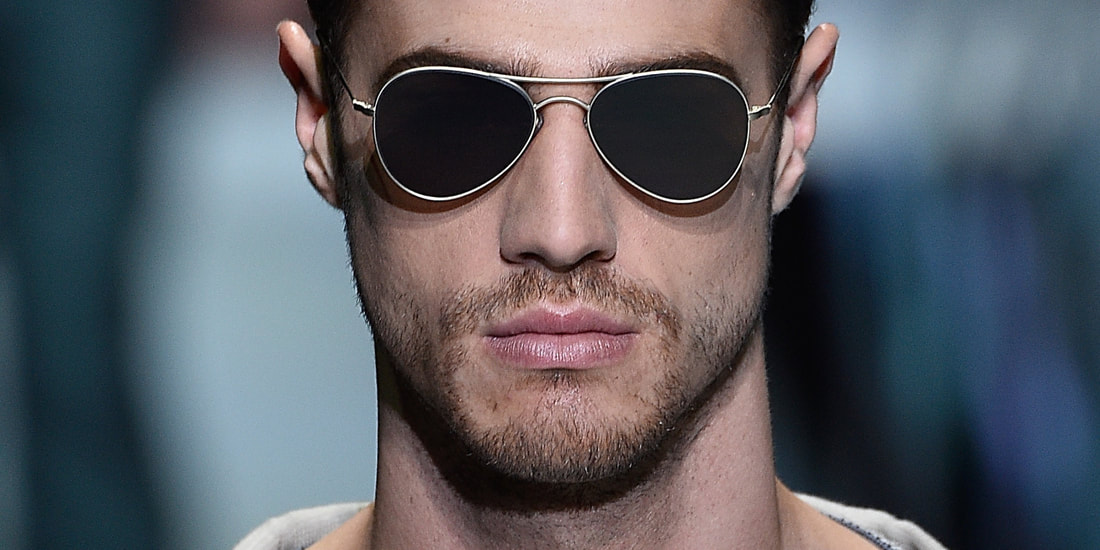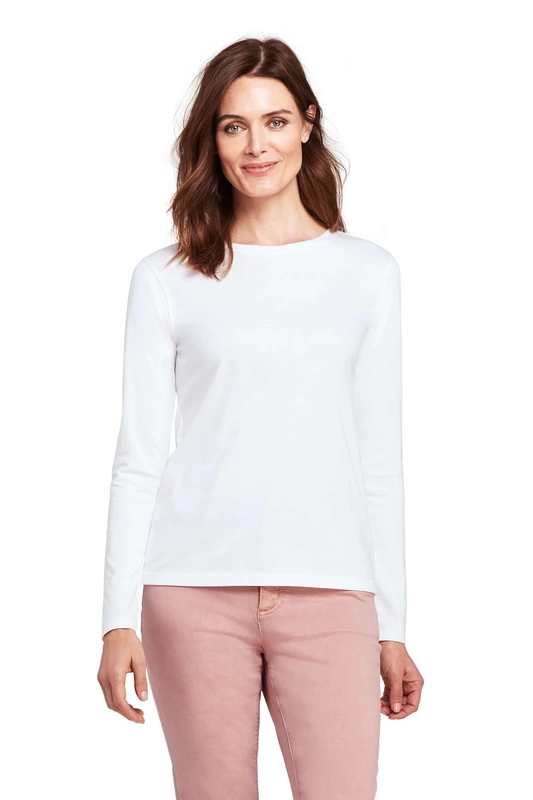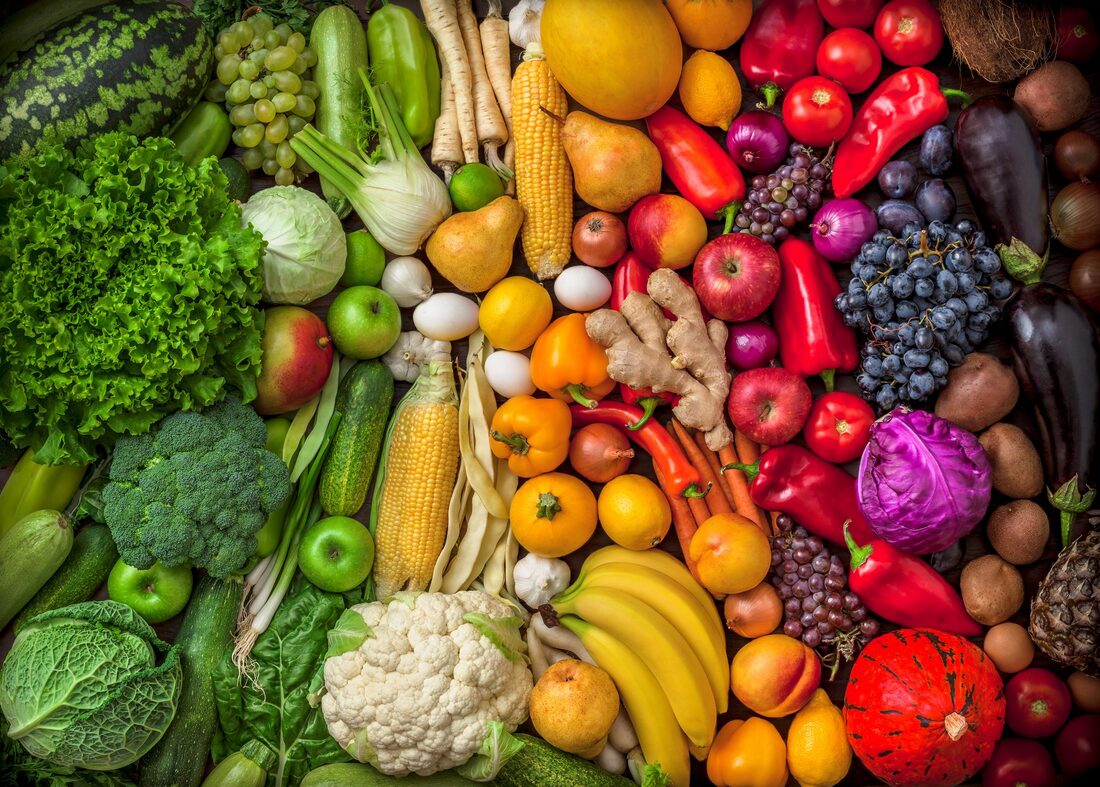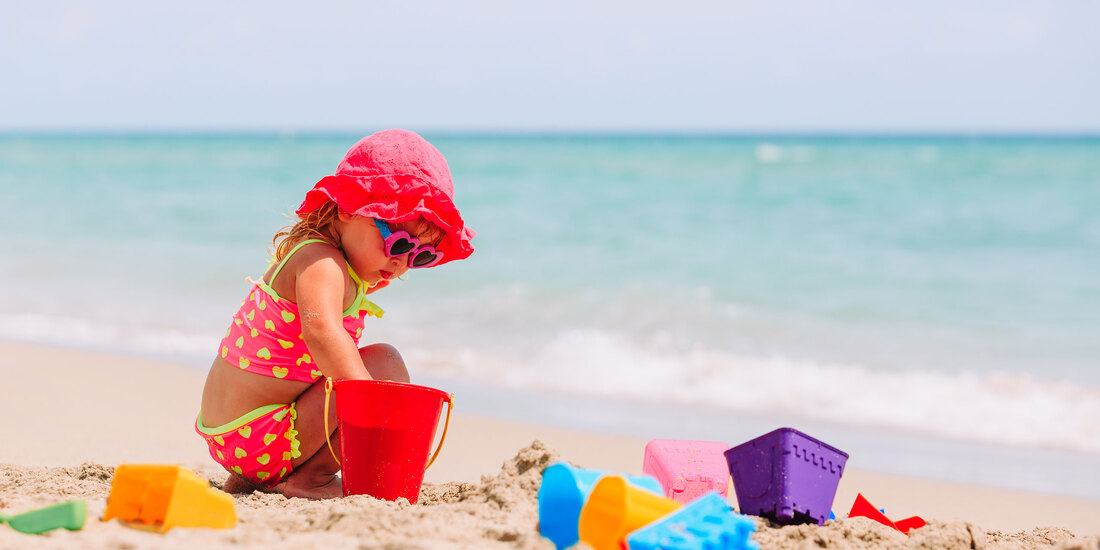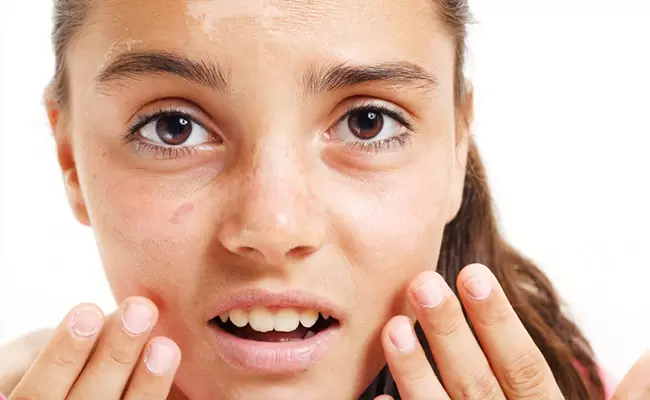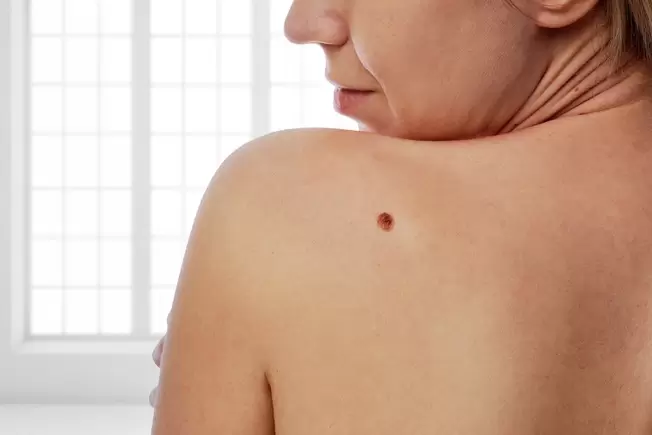Protect Yourself From Skin Cancer
The hot season is here, and many are at risk of contracting skin cancer. Here are some steps you can take to ward off this disease.
Use Sunscreen.
It's the next best thing to staying out of the sun altogether. Slather a thick layer onto all exposed skin. Use "broad spectrum" sunscreen with an SPF ( sun protection factor) of 30 or higher. Wear it even on cloudy or cool days. Reapply every two hours, if you swim or sweat a lot.
It's the next best thing to staying out of the sun altogether. Slather a thick layer onto all exposed skin. Use "broad spectrum" sunscreen with an SPF ( sun protection factor) of 30 or higher. Wear it even on cloudy or cool days. Reapply every two hours, if you swim or sweat a lot.
Time It Smart
If you must go out, it's best to do so before 10 in the morning or after 4 in the afternoon. The in-between hours are when the ultraviolet (UV) light is strongest and most damaging to your skin. If you can't avoid those peak hours, cover up with sun-protective clothing and get in the shade whenever you can.
If you must go out, it's best to do so before 10 in the morning or after 4 in the afternoon. The in-between hours are when the ultraviolet (UV) light is strongest and most damaging to your skin. If you can't avoid those peak hours, cover up with sun-protective clothing and get in the shade whenever you can.
Avoid Tanning Beds
More than a dozen states ban tanning for people under 18. It raises your chance of having melanoma, the most serious type of skin cancer. The risk goes up the younger you are and the more often you do it. The FDA classifies UV tanning beds as "moderate to high risk" devices. A safer pick is self tanning products. They usually don't contain sunscreen, so you'll need to apply it separately.
More than a dozen states ban tanning for people under 18. It raises your chance of having melanoma, the most serious type of skin cancer. The risk goes up the younger you are and the more often you do it. The FDA classifies UV tanning beds as "moderate to high risk" devices. A safer pick is self tanning products. They usually don't contain sunscreen, so you'll need to apply it separately.
Wear The Right Hat
Look for a tight weave, like what you'd find in canvas-type fabric. Straw hats with holes may feel shady, but they still let in UV lights that can harm your skin. The brim matters, too. The best ones go all the way around and are broad enough to shade your face, ears and neck--at least 2 inches wide. But no hat will shield you fully from UV rays, so back up with sunscreen.
Look for a tight weave, like what you'd find in canvas-type fabric. Straw hats with holes may feel shady, but they still let in UV lights that can harm your skin. The brim matters, too. The best ones go all the way around and are broad enough to shade your face, ears and neck--at least 2 inches wide. But no hat will shield you fully from UV rays, so back up with sunscreen.
Sun-Proof Your Car
Drivers are more likely to get skin cancer on their left sides which get the brunt of the sun damaging rays. You might want to keep a hat and sunscreen in the glove box. It also help to put the windows and--if you ride a convertible--the top up. A special film can line your vehicle's glass to block UV light.
Drivers are more likely to get skin cancer on their left sides which get the brunt of the sun damaging rays. You might want to keep a hat and sunscreen in the glove box. It also help to put the windows and--if you ride a convertible--the top up. A special film can line your vehicle's glass to block UV light.
Slip on Sunglasses
Your eyes and the delicate skin around them need protection, too. Ultraviolet rays can turn the lenses behind your pupil cloudy, a condition called cataracts. The may even lead to macular degeneration that could cost you your vision. Most sunglasses sold in the US, even cheap ones, guard against UVA and UVB rays, but be sure they have a UV 400- blocking lens.
Your eyes and the delicate skin around them need protection, too. Ultraviolet rays can turn the lenses behind your pupil cloudy, a condition called cataracts. The may even lead to macular degeneration that could cost you your vision. Most sunglasses sold in the US, even cheap ones, guard against UVA and UVB rays, but be sure they have a UV 400- blocking lens.
Cover Up With Long Sleeves
Clothe are a simple barrier to the sun. But they can't protect what they don't cover. Also light loosely woven fabrics won't protect you as well as tighter, thicker fabrics like denim. Some specialized clothing have a UPF( ultraviolet protection factor) number that, like SPF in sunscreen, shows how well it blocks sunlight.
Clothe are a simple barrier to the sun. But they can't protect what they don't cover. Also light loosely woven fabrics won't protect you as well as tighter, thicker fabrics like denim. Some specialized clothing have a UPF( ultraviolet protection factor) number that, like SPF in sunscreen, shows how well it blocks sunlight.
Favor Veggies And Fruits...
UV light damage antioxidants, chemicals that help keep your cells healthy. You get most of your antioxidants from plant- based foods, and studies show it may help to eat more of them. Oranges and other citrus fruits are packed with the antioxidant vitamin C. Carrots and squash are good sources of beta carotene. And lycopene, which makes fruits red, is found in watermelon, tomatoes and pink grapefruit, among other fruits and vegetables.
UV light damage antioxidants, chemicals that help keep your cells healthy. You get most of your antioxidants from plant- based foods, and studies show it may help to eat more of them. Oranges and other citrus fruits are packed with the antioxidant vitamin C. Carrots and squash are good sources of beta carotene. And lycopene, which makes fruits red, is found in watermelon, tomatoes and pink grapefruit, among other fruits and vegetables.
And Fatty Fish and Nuts
Other type of antioxidants include, omega-3 fatty acids found in seafood like tuna, salmon, and mackerel. Brazil nuts are one of the best sources of selenium, which help defend against free radicals that damage your cells. Antioxidants should come from foods because they are more beneficial than supplements.
Other type of antioxidants include, omega-3 fatty acids found in seafood like tuna, salmon, and mackerel. Brazil nuts are one of the best sources of selenium, which help defend against free radicals that damage your cells. Antioxidants should come from foods because they are more beneficial than supplements.
Protect Your Baby
A newborn's skin is extra sensitive, not just to sun but also to sunscreen. So wait until age 6 months to start using it, and make sure the sunscreen contains zinc oxide. After that, it's still better to limit your little one's exposure to even indirect sunlight, especially in the heat of the day. Dress you infant in long-sleeve light cotton clothes, and wide-brimmed sun hat, and seek shade wherever you go,
A newborn's skin is extra sensitive, not just to sun but also to sunscreen. So wait until age 6 months to start using it, and make sure the sunscreen contains zinc oxide. After that, it's still better to limit your little one's exposure to even indirect sunlight, especially in the heat of the day. Dress you infant in long-sleeve light cotton clothes, and wide-brimmed sun hat, and seek shade wherever you go,
Sunburn First Aid
Get inside as soon as you notice you got burned. Soothe your skin with a cool, damp cloth, and drink lots of water. Moisturize your skin but not with petroleum-based products like Vaseline that can trap heat. Look for fragrant-free lotion like aloe vera, which helps your skin repair itself. Talk to your doctor if you get blisters, (don't pop them!) or you feel sick or dizzy.
Get inside as soon as you notice you got burned. Soothe your skin with a cool, damp cloth, and drink lots of water. Moisturize your skin but not with petroleum-based products like Vaseline that can trap heat. Look for fragrant-free lotion like aloe vera, which helps your skin repair itself. Talk to your doctor if you get blisters, (don't pop them!) or you feel sick or dizzy.
Check Your Skin
Skin can cancer is almost always curable if you catch it early. Inspect your whole body about once a month with a full-length mirror. Look for any new growths or changes in old spots. See a skin doctor once a year or anytime you notice anything unusual.
Credit WebMD
Skin can cancer is almost always curable if you catch it early. Inspect your whole body about once a month with a full-length mirror. Look for any new growths or changes in old spots. See a skin doctor once a year or anytime you notice anything unusual.
Credit WebMD
